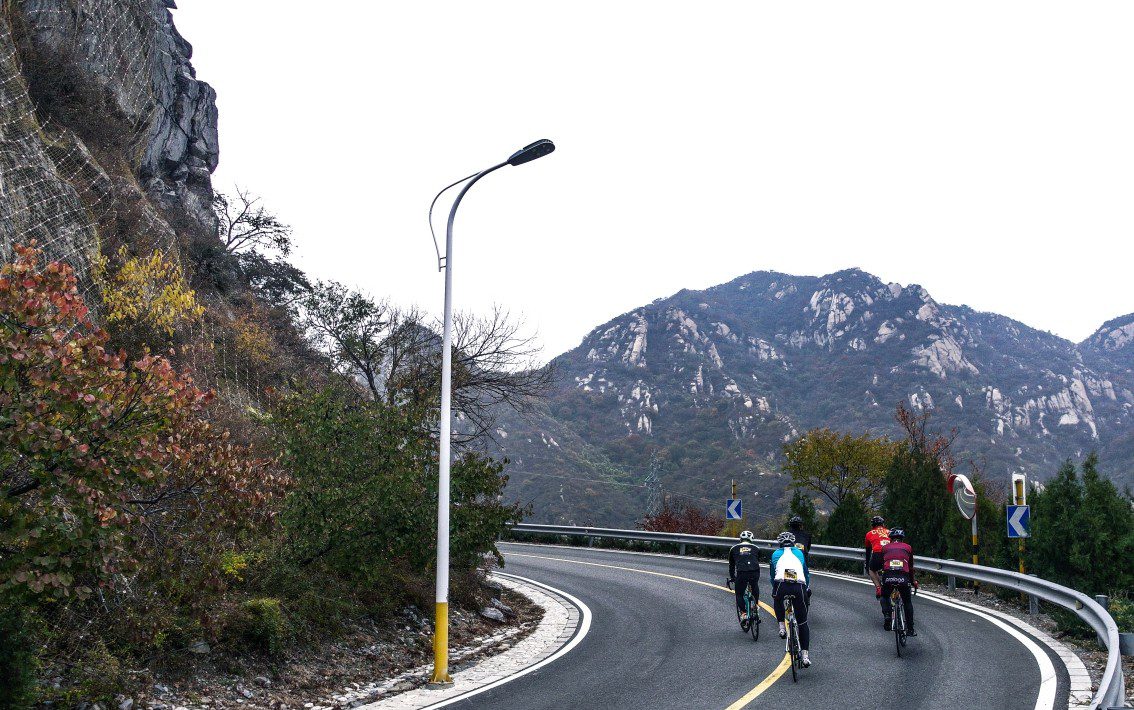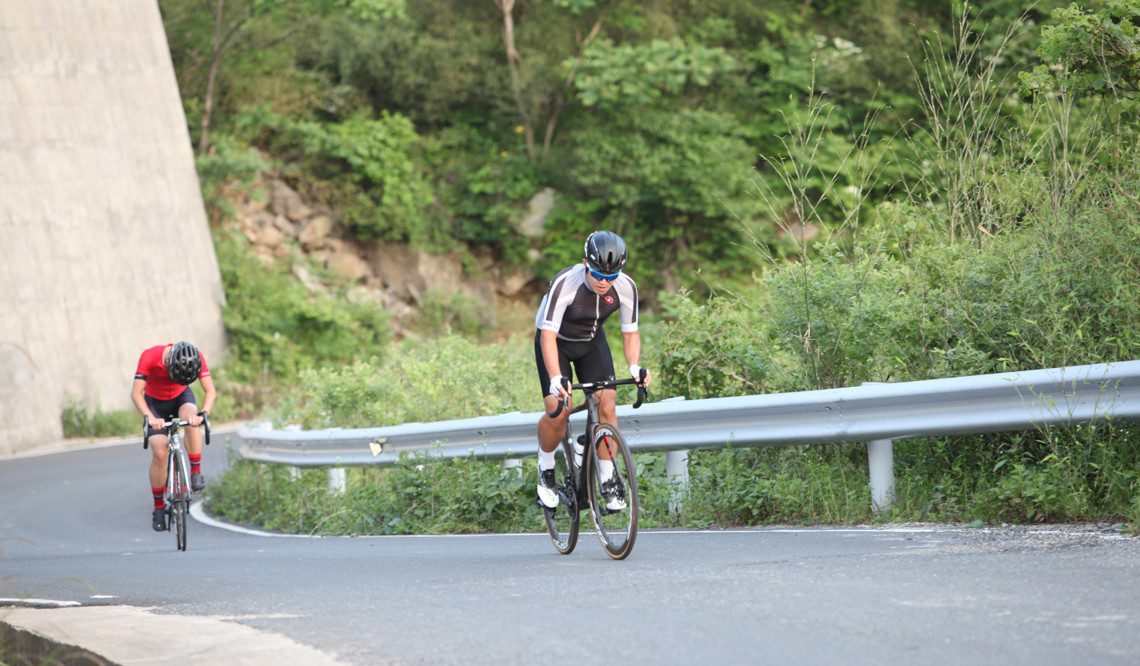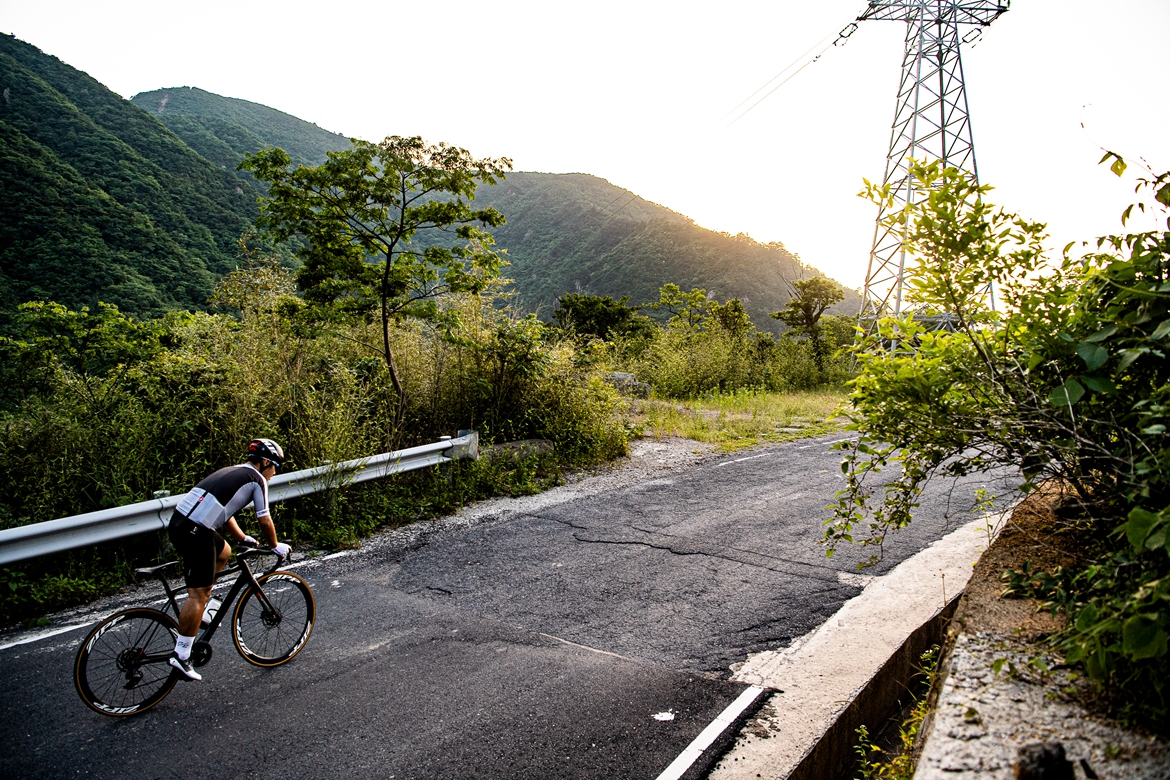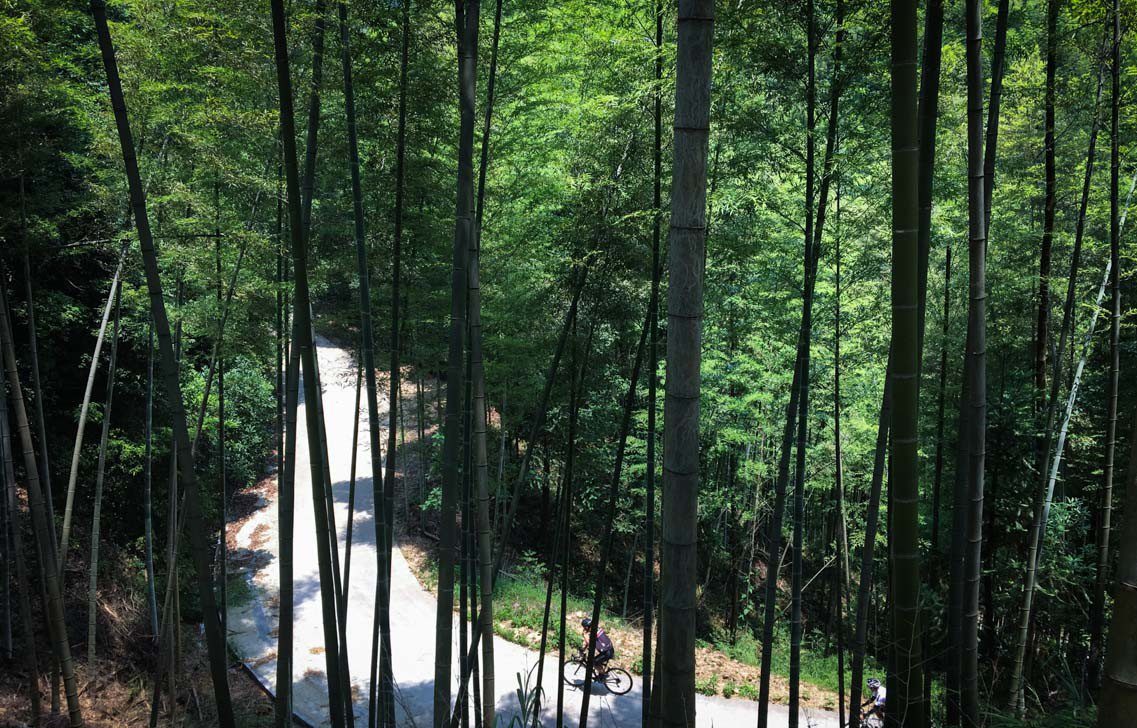Training guide: 4 tips to help you climb with strength
This is Selene Yeager’s guide to mountain climbing, an experience that will help you train better and eventually fall in love with climbing. Selena yeager is a popular author of occupational health and fitness articles. She is an ncaa certified personal trainer, USA certified cycling instructor, professional mountain bike racer, and USA triathlete.
She competes in mountain bike segments and often spends up to an hour on a steep climb, spending four to six hours a day on the climb.
When she started cycling, she had to force herself to learn more skills to succeed in mountain RACES like ABSA Cape Epic and Brasil Ride, so she hired a trainer to help her with one of her most pressing needs — climbing.

Cycling between mountain roads is really fun, but there’s something special about climbing compared to other forms of cycling. First of all, you must adjust your training intensity according to the time, which is the key to the success of the climbing training.
So, when she and her teammates do three sets of 8 minutes or six sets of 5 minutes of mountain climbing, there are 24 to 30 minutes of easy cycling, which is a very low threshold that anyone can easily complete. In a real race situation, you can either “catch” the attacking driver here, or give up the chase temporarily or rest. In addition, they also performed several short, steep climbs with higher intensity, such as 8 sets of 3 minutes or 12 sets of 2 minutes.
Not only do these exercises give your body more strength from aerobic exercise, regulate lactic acid, and increase the threshold for intensity, but they also increase your mental resilience, because hard climbs are not just a muscle challenge, but a mental one as well.
Here she will give you some tips to help you with your mountain climbing. For better results, she recommends doing this one to two times a week and not getting too tired before the workout starts. In addition, repeated climbing training will make you very painful and tired, remember to stop at the right time, do not let yourself collapse.
On every climb, your speed, intensity, and strength should be within your goal range. If you’ve lost 20% of your speed and strength, you’re about to explode. It’s time to stop and relax for a few laps and call it a day.

RPE is referring to the Rating of Perceived Exertion, subjective scale physical feeling, also called sports consciousness scale. The figure above is a 10-level scale for your reference. Relevant data will be mentioned in the following paragraphs.
Also, be sure to warm up for 15 minutes before you start, and cool down for a few minutes after you finish. When going uphill, stand up and ride for 20 seconds This training will help you to improve your climbing and recovery time so that you can better keep up with the pace of your team.
How to do it: find a mountain that takes 10 to 15 minutes to climb, and at your lactate threshold, start climbing (RPE levels 7 to 8). After 2 minutes, stand up and stomp 20 times under full speed (RPE level 9), then sit down and let your lactic acid threshold return to the critical point and continue climbing. Repeat every 1 to 2 minutes (depending on your condition), then repeat the entire workout 1 to 2 times.  Short sprints
Short sprints
To maintain a strong posture over the rolling hills, practice a 2-minute offensive climb.
How to do it: find a short climb or rolling section that takes about 2 minutes to reach the top. After starting the climb, the RPE is held at levels 7 to 8. After 90 seconds, speed up as fast as possible (RPE levels 9 to 10) until you reach the top in the last 30 seconds. Repeat four to six times.
 Repeat the climb with short breaks
Repeat the climb with short breaks
This classic training model simulates the climbing conditions of a real track, and you don’t usually have time to fully recover before you are knocked down by the next steep slope.
How to do it: find a mountain that takes 10 minutes to climb and then turn back to the top, which can be a bit long. When you start climbing, adjust the intensity to control your lactic acid threshold, heart rate, and RPE level (maintained at level 8) for six minutes. Then turn back, rest for 3 minutes and start climbing again. Repeat a total of four climbing intervals. Or you can do three sets of eight-minute mountain hikes with a four-minute break.
 The rocket training
The rocket training
As the name suggests, “rocket training” is to develop your explosive power and make you explode like a rocket. You need to climb steep hills without losing speed or power.
How to do it: start with a short ascent that takes about 2 minutes to reach the top. Start with a standing or slow start (just like a race), count to three, break out as fast as you can (RPE levels 8-9) for 2 minutes, then recover for 5 minutes. Repeat 5 to 10 times.
Isn’t it easy (no)? Come on, you might love to climb hills.
 hotebike
hotebike